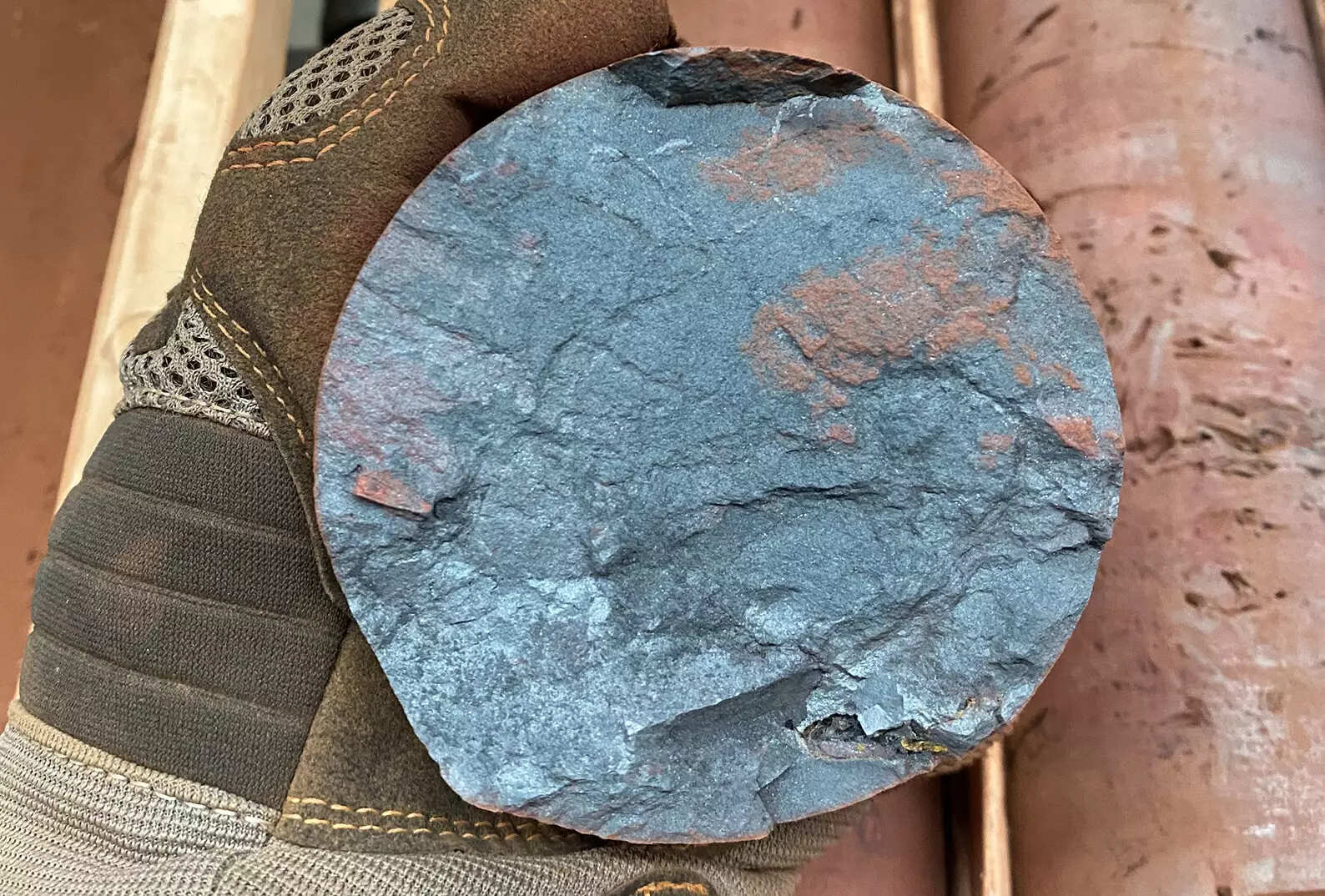Groundbreaking research from Curtin University has significantly revisited our understanding of the geological timeline of iron ore formation, specifically within the revered Hamersley Province of Western Australia. Previously believed to be around 2.2 billion years old, these deposits are now dated to approximately 1.4 to 1.1 billion years old. This revelation, driven by innovative geochronology techniques, transforms geological paradigms concerning iron-rich rock production, with implications that ripple through the field of mineral exploration.
New Methodologies Changing the Game
The study led by Dr. Liam Courtney-Davies employed advanced uranium and lead isotope analysis techniques to date minerals within banded iron formations (BIFs). The precision of this method has illuminated a previously murky timeline, establishing a clearer relationship between the formation of iron deposits and the intense tectonic shifts associated with the formation and breakup of ancient supercontinents. As a result, this research not only enhances the accuracy of geological timelines but also indicates that ancient geological activity is more responsible for creating vast iron resources than was previously thought.
The Role of Supercontinent Cycles
Dr. Courtney-Davies posits that the immense geological forces unleashed during periods of supercontinent fragmentation spurred the generation of billions of tonnes of iron-rich rock within the Pilbara region. This association provides crucial insights into the mechanics driving mineral formation on Earth. It underlines the concept that when the planet undergoes significant tectonic changes, it does not merely reshape the geographic landscape; it actively influences mineral production and, by extension, resource availability.
Implications for Future Exploration
The implications of these findings extend far beyond Western Australia. Understanding the chronological backdrop of iron ore deposits aids geologists in predicting new ore locations by analyzing patterns tied to tectonic cycles. As mining and resource extraction continue to play vital roles in the global economy, possessing an evolved understanding of where to direct exploration can result in substantial economic benefits, particularly for resource-rich nations like Australia, which generated $131 billion from iron ore exports last year.
Legacy and Collaboration
The collaborative nature of the research underscores a growing trend in scientific inquiry—interdisciplinary teamwork yields superior results. Partnering with institutions like The University of Western Australia, Rio Tinto, and CSIRO Mineral Resources has leveraged diverse expertise to yield a more holistic understanding of mineral resources’ origins and evolution. Such collaborations not only facilitate richer scientific findings but also establish a platform for future studies that bridge geology and economics.
As these innovative insights emerge, it becomes increasingly clear that our planet is an ever-evolving entity. The Hamersley Province findings are not merely a date adjustment; they represent a deeper comprehension of the planet’s geological narrative. This evolving story shapes not just the academic landscape but also the economic path forward for countries reliant on their earth’s riches. Understanding our planet’s dynamic nature may indeed be the key to unlocking its full potential.


Leave a Reply